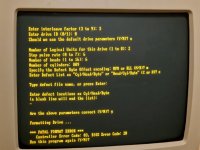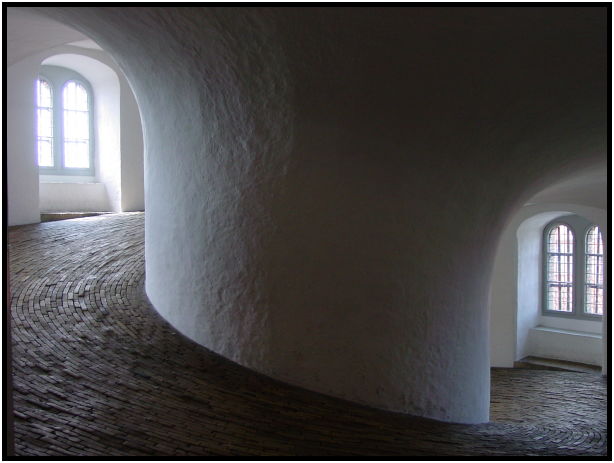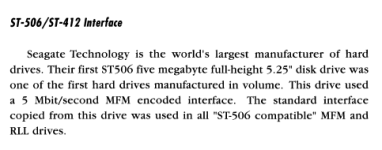Hey, thanks for the offer. I'd be interested if shipping is not too expensive.I don't know if it would help at all, but I have a number of PCBs and even disk assemblies from the Miniscribe 8425/8438 twins that are faulty and malfunctioning. Would be glad to give them to a good home.
It could be that it is misplaced, as it looks like someone had messed with the drive before.Track 0 on most Miniscribes is adjustable by rotating the interrupter on the stepper motor shaft (I acquired a 8425 about 10 years ago that had a totally worn out track 0, could not format. Adjusted it so track 0 is closer to the outside of the platters, and the drive is happily chirping away to this day, with a batch of bad sectors where the old track 0 was). If adjusted too far in either direction though, it will have problems finding the sensor. In that case you will get a 1701 error from the system. Could it be that your donor drive has a misplaced interrupter?
I attempted to scope the stepper motor driver ICs now, but it's cumbersome because I have to power cycle the drive and wait for it to spin down and up again each time to catch the event. If I find out how to reset the controller that would speed up troubleshooting. I also tried to find a track 0 pulse, but no success yet.




